Qajar Dynasty playing cards
Qajar Dynasty playing cards, Iran, 19th century.
Ganjafeh was a popular card game in Iran and the Arab world, played between two and nine players with ninety-six cards. In the Qajar period (AD.1779-1924) the poker-like game of as was played with five suits of five cards each.
Qajar Dynasty playing cards, Iran, 19th century
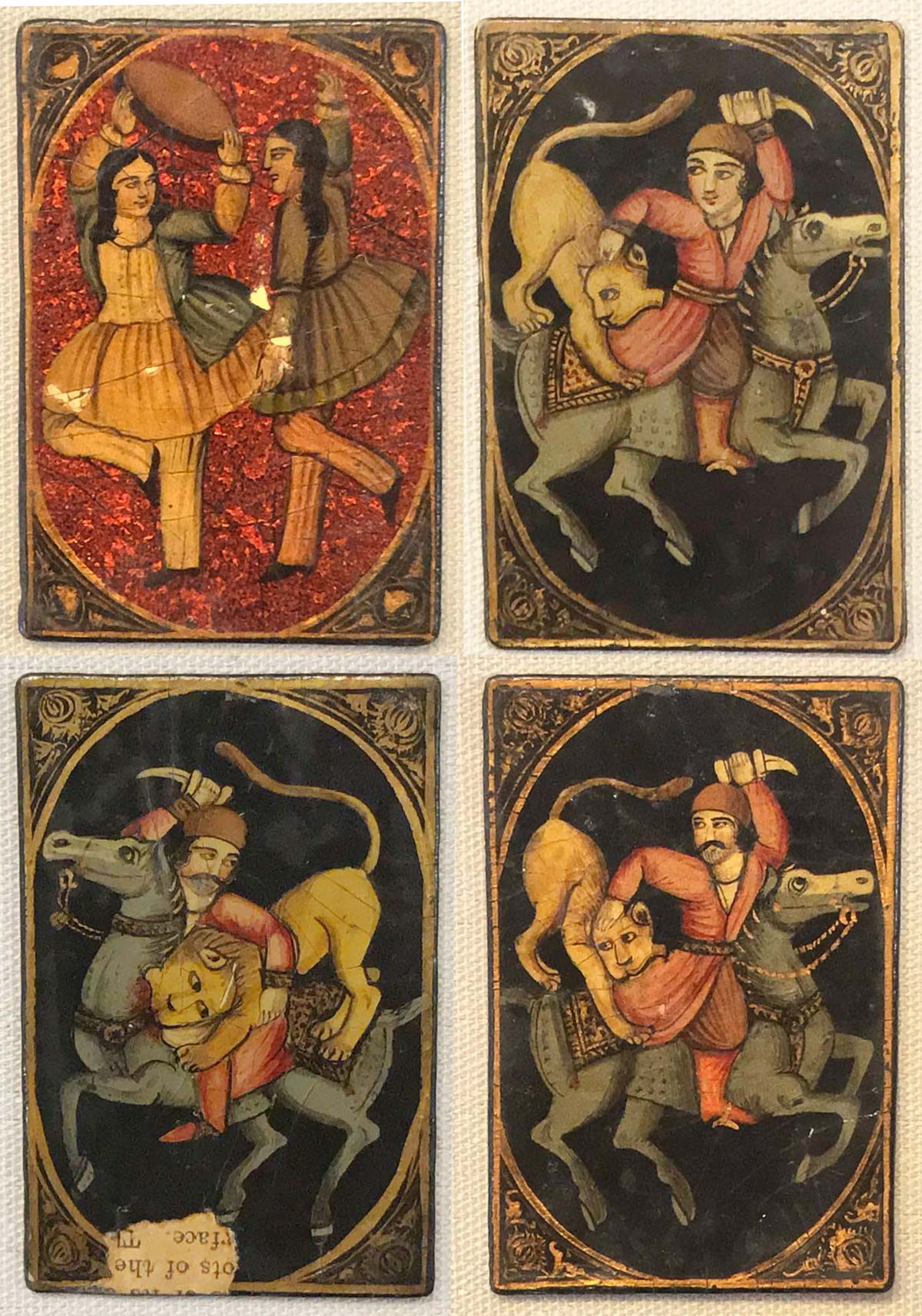
Above: Qajar Dynasty playing cards, Iran, 19th century, lacquer on laminated paper. Two cards come from one suit and the other two are from separate suits, but is is not clear for which game they were intended. Photograph courtesy Adam Wintle.
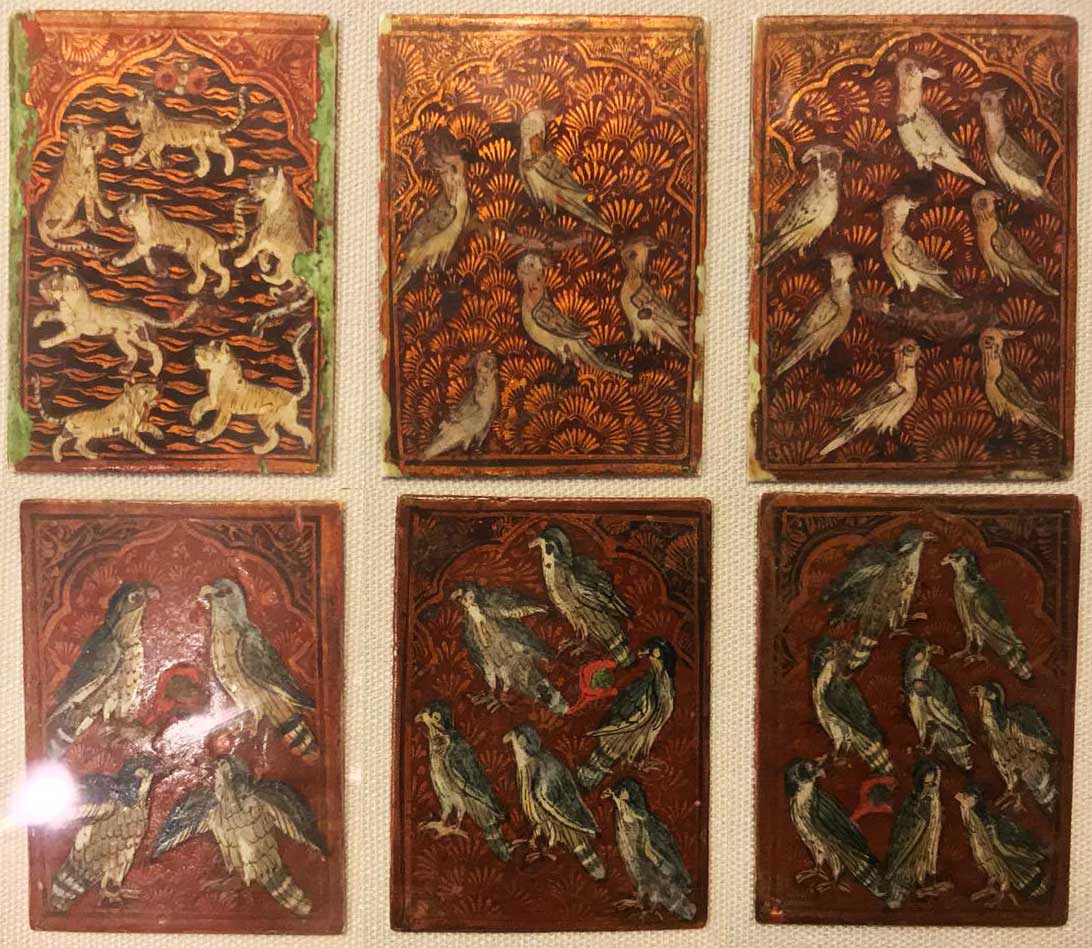
Above: six Qajar Dynasty playing cards, Iran, 19th century, lacquer on laminated bone. These cards include the 7 of tigers, the 5 and 8 of parakeets and the 4, 6 and 7 of eagles. Images courtesy V&A Museum, London [1914 5-18 02.1-6]. Photograph courtesy Adam Wintle.
FURTHER REFERENCES
The Rubaiyat-e-Ganjifa is contained somewhere within this larger work: Rubaiyat-e-Ganjifa►
By Simon Wintle
Spain • Member since February 01, 1996 • Contact
I am the founder of The World of Playing Cards (est. 1996), a website dedicated to the history, artistry and cultural significance of playing cards and tarot. Over the years I have researched various areas of the subject, acquired and traded collections and contributed as a committee member of the IPCS and graphics editor of The Playing-Card journal. Having lived in Chile, England, Wales, and now Spain, these experiences have shaped my work and passion for playing cards. Amongst my achievements is producing a limited-edition replica of a 17th-century English pack using woodblocks and stencils—a labour of love. Today, the World of Playing Cards is a global collaborative project, with my son Adam serving as the technical driving force behind its development. His innovative efforts have helped shape the site into the thriving hub it is today. You are warmly invited to become a contributor and share your enthusiasm.

Related Articles
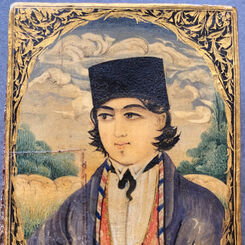
Âs Nas playing cards with box
Hand made cards from Persia
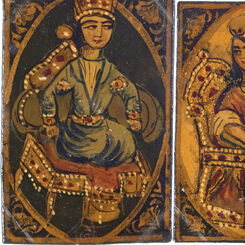
Âs Nas
Âs Nas type playing cards from Persia.
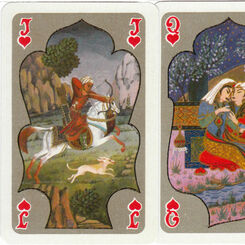
Persian Miniatures
Persian Miniatures, made in Hungary c.1990.
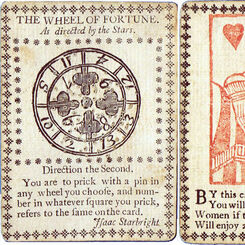
Fortune Telling playing cards
English Fortune Telling cards probably published c.1770.
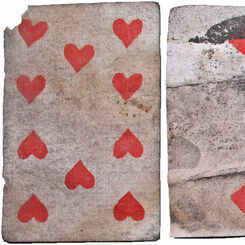
Archaeological find: old playing cards under the floorboards
The municipal archaeological service in Dordrecht (Netherlands) recently found some antique playing ...
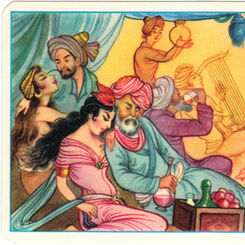
Hafez Fortune Telling Cards
Fortune Tellers use the Hafez Cards by interpreting the Hāfez poems printed on the card backs when c...
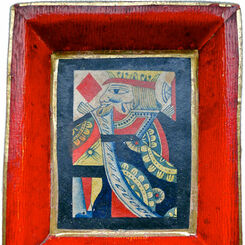
Pope Joan Trays
Some traditional Pope Joan boards comprise a circular tray, others are square, divided into sections...
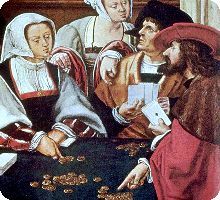
Playing Cards & Gaming
Soon after their first appearance in Europe we hear of playing cards being banned by the authorities...
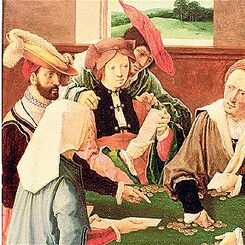
Netherlands
Playing cards have been known in the Low Countries since the 14th century
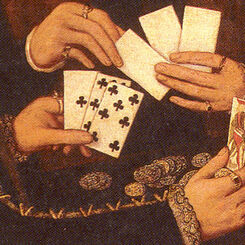
History of Blackjack
Over the years the origin of Blackjack, like many other games, has eluded researchers for a long tim...
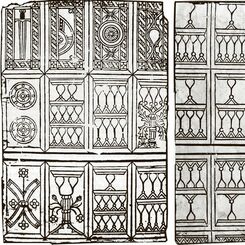
Moorish playing cards
These two uncoloured, uncut sheets of early Moorish playing cards were formerly preserved in the Ins...

History of Online Casinos
Online casinos appeared shortly after the internet became a more mainstream tool for the public to u...
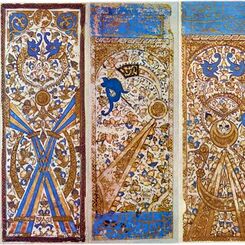
Mamluk Playing Cards
Nã'ib, the game of lieutenants... these cards are amongst the earliest Arabic playing cards ext...
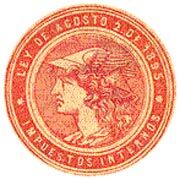
Argentina Tax Stamps on playing cards 1895-1968
Argentina Tax Stamps on playing cards 1895-1968
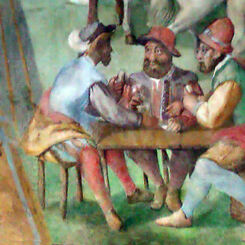
Italian Playing Cards
The first reliable evidence that playing cards were being used in Italy is from 1376, when a game ca...
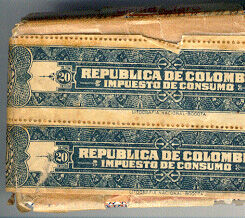
Impuesto de Timbre para Naipes
EL CONGRESO DE COLOMBIA. LEY 69 DE 1946, por la cual se elevan las tarifas de algunos impuestos indi...
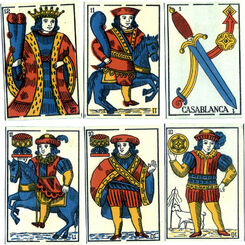
Casablanca playing cards from Morocco
Moroccan cards with the legend 'Casablanca'.
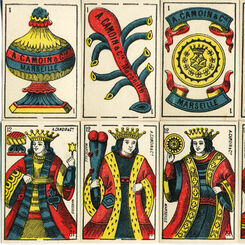
Playing cards in Morocco
The earliest literary references to playing cards in Europe refer to the game having been introduced...

History of English Playing Cards & Games
The History of English Playing Cards dates probably from the mid 15th century
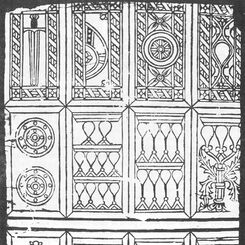
A Moorish Sheet of Playing Cards
This article was originally published in “The Playing-Card”, the Journal of the International Playin...
Most Popular
Our top articles from the past 60 days






















